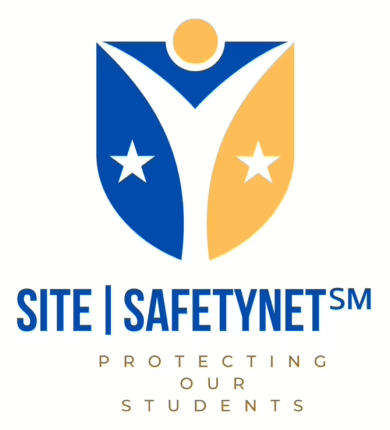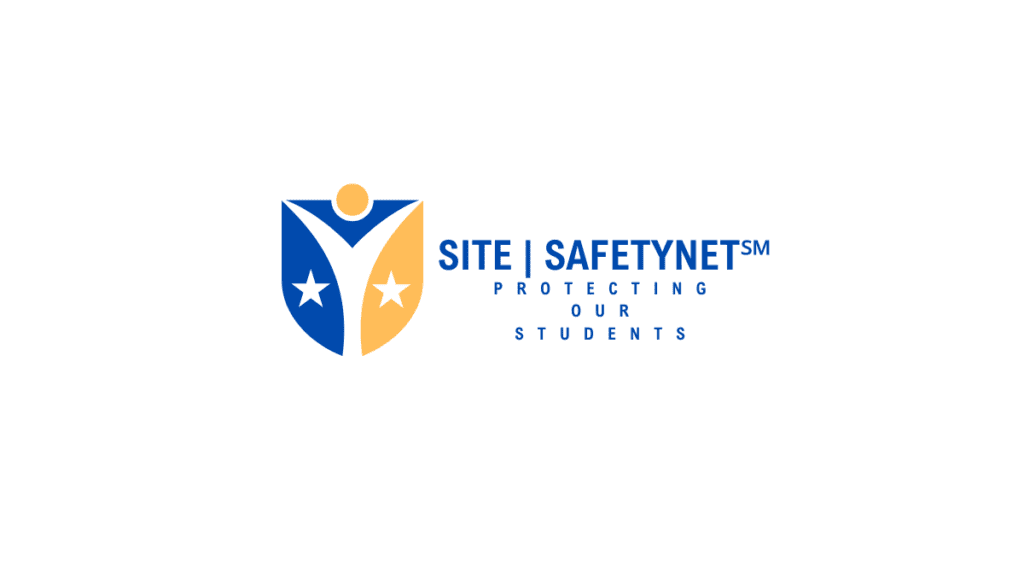 – Protecting Our Students
– Protecting Our Students
Introduction
As the founder of the nonprofit Protecting Our Students and SITE|SAFETYNET℠, I recognize the critical importance of addressing student stress and anxiety within the educational environment. Recent statistics highlight that nearly 32% of adolescents suffer from anxiety disorders, emphasizing the need for effective strategies in our schools.
Causes of Stress and Anxiety
Biological Factors: Genetic predispositions play a role in a student’s likelihood of experiencing anxiety.
Environmental Influences: Children often emulate the anxiety observed within their household.
Trauma: Traumatic events, ranging from accidents to personal losses, can significantly contribute to anxiety.
Medical Concerns: Chronic illnesses or medical fears exacerbate anxiety levels.
Performance Pressure: Academic, athletic, or social expectations can increase anxiety.
Transitions: Major changes such as moving to a new home or a sibling leaving for college can induce anxiety.
Overstimulation: Excessive sensory inputs can overwhelm students.
Bullying and Peer Pressure: Navigating social interactions and fears of judgment add to stress.
Pandemic-Related Anxiety: The lingering effects of the COVID-19 pandemic continue to impact students.
School Safety Concerns: Drills and measures for school safety can increase anxiety about potential threats.
Social Media: Exposure to inappropriate content and the pressures of online interactions are significant stressors.
Identifying Signs of Stress and Anxiety
Educators should look for both non-physical and physical signs:
- Non-Physical Signs: Difficulty focusing, seeking excessive reassurance, hypersensitivity to criticism, and avoiding tests or homework.
- Physical Signs: Jitteriness, habitual actions like hair braiding or nail-biting, frequent stomachaches or headaches, and signs of sleep disturbances.
Strategies to Help Students Manage Stress and Anxiety
Bottom-Up Approaches:
- Breathing Exercises: Starting the day with breathing exercises helps anchor students.
- Calming Music: Playing classical or soothing music can promote a calm environment.
- Movement Breaks: Encouraging physical activity helps alleviate anxiety.
- Mindfulness Breaks: Discuss feelings and practice mindfulness exercises.
- Pleasant Scents: Using aromatherapy to create a calming atmosphere.
- Calm Space Exercises: Guided visualization of safe and peaceful places.
- Cool Water: Providing cold water or ice packs to help students cool down physically and mentally.
Top-Down Approaches:
- Circle of Control Activity: Helps students focus on controllable aspects of their lives.
- Parking Lot Activity: Allows students to set aside their worries temporarily.
- Labeling Anxiety: Encourages students to identify and manage specific anxious thoughts.
Creating a Supportive School Environment
- Build Trust and Positive Relationships: Connect with students and understand their interests.
- Maintain Set Schedules and Routines: Consistency helps reduce stress.
- Limit Homework: Ensure the workload is manageable.
- Encourage Joyful Activities: Incorporate activities that bring joy and laughter.
Supporting Teacher Well-Being
- Avoid Absorbing Student Stress: Teachers should practice self-care and manage their stress.
- Seek Mental Health Support: Utilize available resources for professional support.
- Engage in Self-Care Activities: Incorporate activities that promote well-being.
- Create a “Reservoir of Joy”: Maintain a list of activities or hobbies that bring joy.
- Transition Time: Allow time between work and personal life to decompress.
How SITE|SAFETYNET℠ Can Help
At SITE|SAFETYNET℠, we offer a range of online resources for staff and students, focusing on mental health, bullying prevention, diversity and inclusion, and more. Our resources are designed to equip educators with the tools to recognize and manage stress and anxiety effectively.
By implementing these strategies, educators can create a more supportive and effective learning environment, helping students manage stress and anxiety and promoting overall well-being.
For more detailed information and resources, visit SITE|SAFETYNET℠.

 – Protecting Our Students
– Protecting Our Students